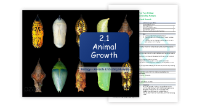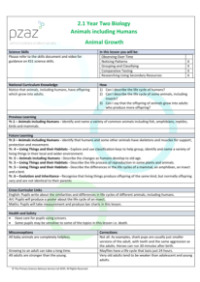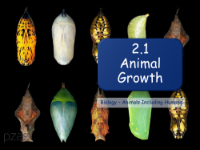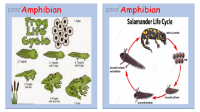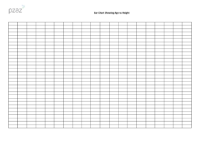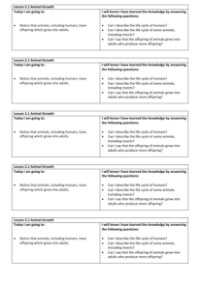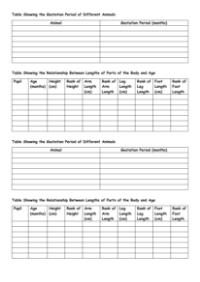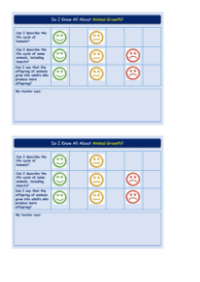Animal Growth - Human Life Stages Cards
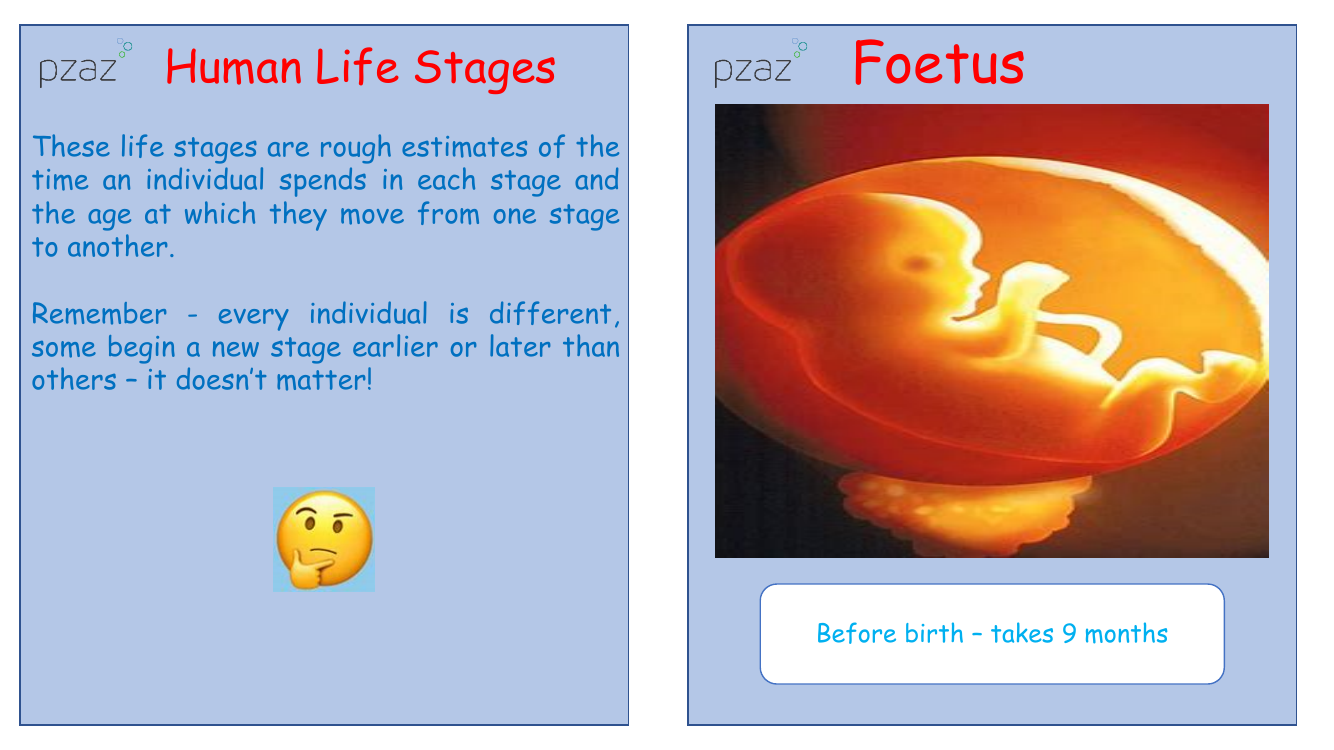
Science Resource Description
The human life cycle is divided into several distinct stages, each marked by unique growth patterns and developmental milestones. At the beginning of this journey, we have the 'Foetus' stage, which occurs before birth and typically spans a period of 9 months. Following birth, an individual enters the 'Infant' stage, which lasts from birth until 2 years of age, where rapid growth and significant developmental changes are evident. Afterward, the 'Toddler' stage takes over from ages 2 to 5 years, characterized by further development in motor skills and language acquisition.
As individuals continue to grow, they progress into the 'Child' stage from 6 to 11 years, where they develop socially and cognitively. Adolescence follows, with girls typically entering this stage between 10 to 15 years and boys a little later, from 11 to 17 years. This is a time of physical, emotional, and social changes as they transition towards adulthood. The 'Adult' stage spans from 18 to 45 years, often involving career establishment and family life. 'Middle Age' is the next phase, from 46 to 64 years, where individuals may experience lifestyle shifts and reflect on personal achievements. Later in life, individuals become 'Pensioners' from 65 to 75 years and then 'Elderly' at 76 years and beyond, often enjoying retirement and the wisdom that comes with age. It's important to remember that these stages are approximate, and individuals may transition from one stage to another at different ages, which is a perfectly natural variation of the human experience.

